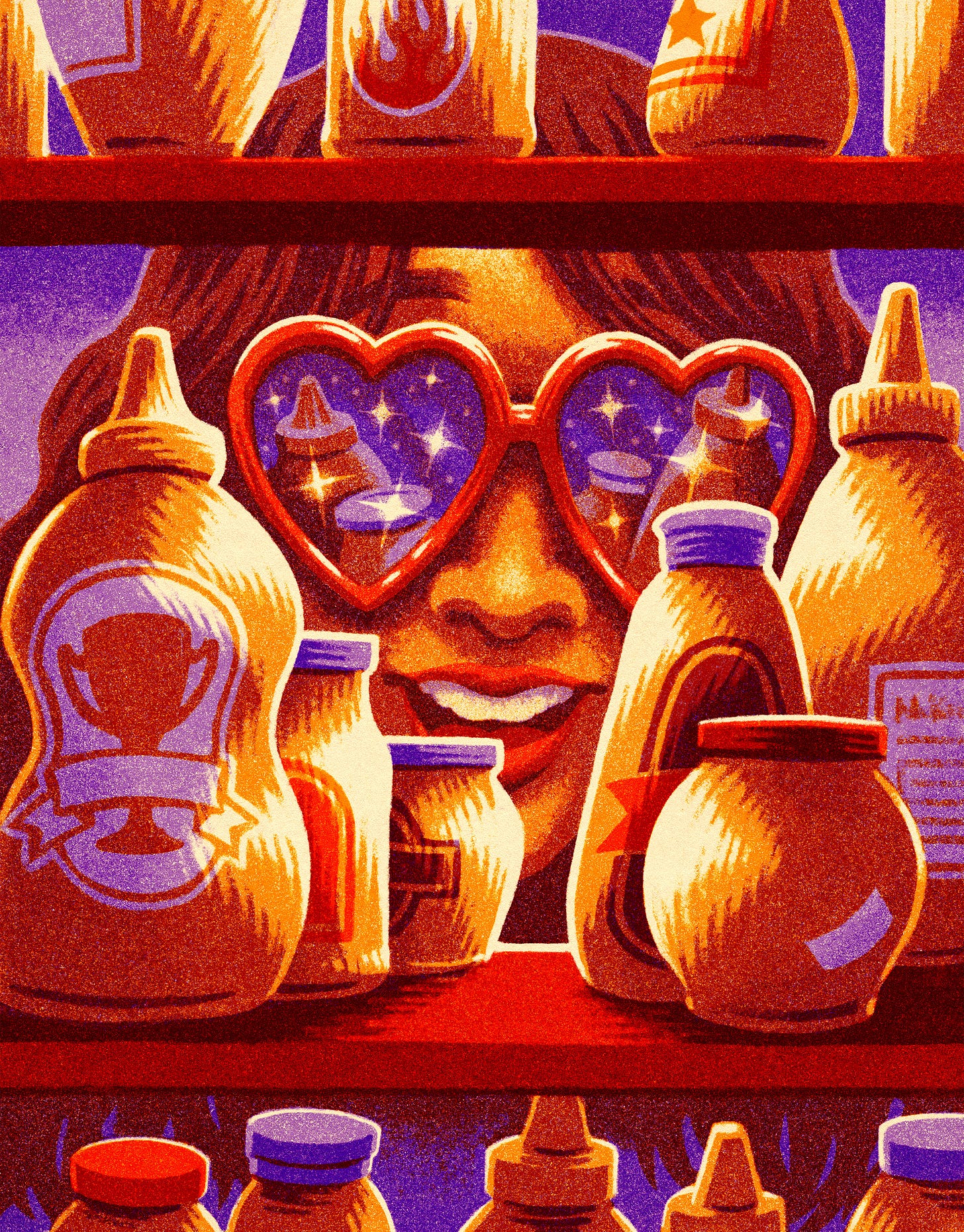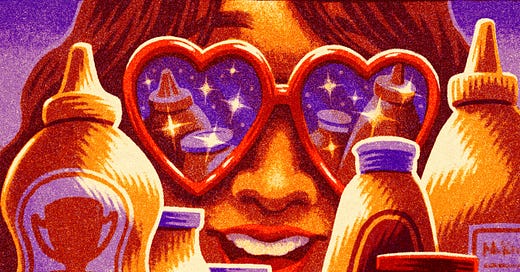
By Alyssa Savino1
I love a road trip.
If I had my way, I would pull off at every single rest stop just to see their vending machine offerings. In college, when I commuted home with my best friend, our ideals clashed. She wanted to travel non-stop, even reluctant to pull over for bathroom breaks. But I was always skimming the horizon for interesting landmarks, shopping centers, or dining options.
Discovering Atlas Obscura changed everything. Instead of perusing travel pamphlets or finding local gems by chance, local contributors added unique destinations to a compiled list on their website. Then it was used by me, a Midwesterner with family ties within these northern states, often looking for an opportunity to spice up the journey. Sometimes a search on the site would lead to disappointment. An angel figurine museum in Beloit, Wisconsin was marked permanently closed before I could ever attend. But I did visit many places I would have surely never discovered if it wasn’t for Atlas Obscura. The eerie fiberglass mold graveyard in Sparta, Wisconsin. The serene Grasshopper Chapel hidden in the hills of Cold Spring, Minnesota. And finally, and most blessedly, the National Mustard Museum.
In January 2020, my husband and I were headed East for a family visit when I discovered the condiment-themed destination just outside Wisconsin’s capital. The specificity of it drew me in first. An entire museum to celebrate mustard charmed me in a way mustard itself did not. But a lumpy French’s Mustard bottle costume, maybe a retired mascot, on exhibit in one of the photos on the website intrigued me. So, we detoured to Middleton. And between an upscale baby clothing boutique and an inexplicable Greek-style fountain was the entrance to the museum. I thought we’d be brief, take a couple of photos, read a couple signs, and be back on our way.
Upon entry, we were surrounded by a marketplace of mustard. The museum’s gift shop occupies the entire top floor of the space, and mustards of all kinds lined shelves in every direction. Each section was labeled to designate categories—spicy, fruity, herby, and a novelty shelf containing flavors like bacon, curry, and lavender mustards. Every flavor in the store could be taste-tested at a counter resembling an ice cream scoop shop. An employee stood behind a massive cooler, scanning the containers of mustard lined within, using a tiny spoon to extract a sample by request. A large sign with an arrow indicated the museum could be found downstairs, and my husband and I passed through the bustle of the sample area to the steps.
In the basement, a parade of dusty but charming posters presented the history of mustard. The adult-sized French’s Mustard bottle costume from the website was nearby, just as endearing in person. “She Left To Buy Ketchup And House Burned” read a newspaper headline propped up near a collection of vintage mustard advertisements. And on nearly every wall, in glass cases from floor to ceiling, bottles of mustard from all fifty states were displayed. Some new, some old, some unopened, some partially used. In the furthest corner, rows of folding chairs faced a television with a sign above it that read “Mustard Piece Theater.” On screen, a tight shot of a man’s face as he slowly spooned Dijon mustard into his mouth played. Directly outside the theater, the world’s only mustard vending machine buzzed with its refrigeration. When I visited the bathroom, a French’s mustard bottle had been repurposed as a hand soap dispenser.
The storied history of mustard had me rethinking my stance on the condiment. The enthusiasm around it was so obvious, I was sure I must be overlooking its appeal. I climbed the stairs with new and unexpected interest in a taste test. A tiny toaster oven glowed on the counter behind the mustard sampling cooler, slowly warming the soft pretzel we ordered to enjoy with our requested flavors. I tried root beer mustard, dill and garlic, and wasabi. Prior to this visit, the only mustard options with which I was familiar were the harsh yellow or the versatile but mild Dijon. Enjoying the more dynamic offerings ignited something in me, the beginning of a fascination.
I selected a few tiny jars from the mini mustard section to further test my palate (and because they’re CUTE). A bottle caught my eye with an illustrated woman on the label. A flower crown in her blonde hair, holding a small bouquet of flowers, and wearing a dress only fit to attend an Oktoberfest event, she seemed familiar to me somehow. “Mustard Girl” read a banner over her head. I stared a while longer before I realized it bore a striking resemblance to my high school graduation photo. Maybe this was my destiny. Maybe I, too, would be a mustard girl.
It's wild to reflect on that first visit that inspired the steady turn from mustard apathy to near obsession. Mustard is experiencing a resurgence in popularity as of late, but it’s evergreen (ever-yellow?) to me.
Our house sitter texts my husband, “You guys have so much mustard,” when he glimpses the full shelf designated for their little bottles in the fridge. The milder flavors I used to find so uninteresting sit beside the less conventional flavors, Basil Dijon and Hot Banana Pepper mustards. I purchase a tiny bag of limited-edition Mustard Skittles off ebay (not bad, but certainly not good). I recommend Koops’ Arizona Heat to my best friend, who is vegan. I swear it’s the closest thing you can get to a spicy queso without dairy. In the summer months, I’m never without a bottle of Mustard Girl’s Sweet ‘N Fancy, now essential to every BBQ occasion. And each holiday season, I eagerly await the Mustard Gift Guide from the National Mustard Museum. I still aspire to attend the National Mustard Day celebration on the street outside the museum every August.
Years later, my husband and I bring our son to the museum and take photos of him in front of the French’s Classic Yellow mascot suit. I browse the display of this year’s award-winning flavors, and he toddles around somewhat impatiently, apathetic to mustard. For now.
Name drops: National Mustard Museum
A special thank you to this week’s illustrator, Brian Britigan2. See more of his work here.
Alyssa Savino is a writer from Saint Paul, Minnesota. She posts on her Substack, Soft Earlobe, and is a co-host of the podcast No Returns, about all things found in Little Free Libraries.
Brian Britigan is a Minneapolis-based illustrator, artist, and educator. Working as a freelance illustrator since 2015, he creates images for print and online publications, animations for documentary projects, and original artworks for gallery exhibitions. Brian is also an instructor and mentor at the Minneapolis College of Art and Design, teaching both in-person and online illustration classes.





Mustard loved this essay!